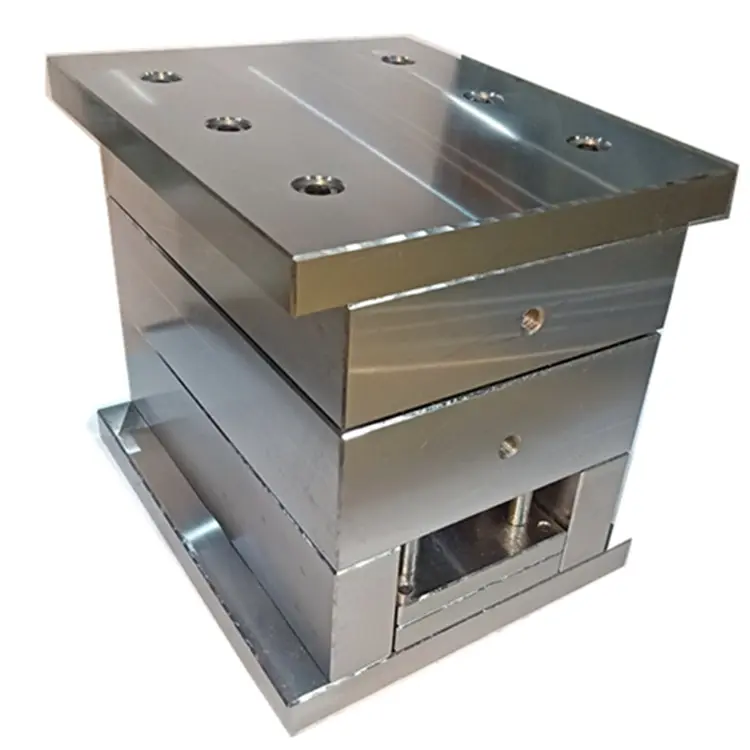Introduction to Tool Steel Plates
In the dynamic manufacturing landscape of Indonesia, selecting the right materials is crucial for achieving optimal performance and cost-effectiveness. Among the various options available, tool steel plates stand out due to their unique characteristics and benefits. This article explores the advantages of tool steel plates in the manufacturing sector, focusing on their properties, applications, and suitability for Indonesian industries.
Understanding Tool Steel
Tool steel is a high-carbon steel that is specifically designed for manufacturing tools and dies. It is known for its durability, high hardness, and ability to withstand wear and deformation. Tool steel is categorized into different types based on its manufacturing method, alloying elements, and specific applications.
Common Types of Tool Steel
| Type | Composition | Common Uses |
|---|---|---|
| High-Speed Steel (HSS) | Tungsten, Molybdenum | Cutters, Drills |
| Cold Work Steel | Carbon, Nickel | Stamping, Blanking Dies |
| Hot Work Steel | Chromium, Molybdenum | Forging, Extruding Dies |
Key Advantages of Tool Steel Plates in Manufacturing
Tool steel plates provide several distinct advantages that make them a preferred choice in various manufacturing processes:
1. Exceptional Hardness and Wear Resistance
One of the primary benefits of tool steel plates is their exceptional hardness and wear resistance. This characteristic enables manufacturers to produce tools that can endure prolonged use without degrading, ultimately leading to lower replacement costs and enhanced productivity.
2. High Toughness
Tool steel plates possess a high level of toughness, making them resistant to crack propagation and failure under stress. This feature is particularly important for manufacturers dealing with complex designs and high-stress applications, where reliability is paramount.
3. Versatility in Application
Another significant advantage of tool steel plates is their versatility. They can be tailored for various applications, including:
- Die Manufacturing
- Injection Molds
- Cutting Tools
- Forming Tools
4. Cost-Effectiveness
While tool steel plates may have a higher initial cost compared to other materials, their long service life and reduced maintenance costs lead to overall cost-effectiveness in the long run. Businesses in Indonesia can capitalize on this advantage by minimizing downtime and maximizing productivity.
Applications of Tool Steel Plates in Indonesia
The manufacturing sector in Indonesia employs tool steel plates across various industries, including:
1. Automotive Industry
In the automotive sector, tool steel plates are essential for producing components like molds and dies for stamping and molding processes. Their durability ensures that manufacturers can maintain high production volumes with precision.
2. Aerospace Industry
Aerospace manufacturers rely on tool steel plates for creating high-performance components that meet stringent safety standards. The toughness and fatigue resistance of tool steel make it an ideal choice for this demanding industry.
3. Electronics and Consumer Goods
With the rapid growth of the electronic and consumer goods industries in Indonesia, tool steel plates are used to manufacture intricate parts that require precision and reliability. They help in producing durable and high-quality products that meet consumer expectations.
Conclusion
In conclusion, tool steel plates offer numerous advantages that enhance manufacturing processes across various sectors in Indonesia. Their hardness, toughness, and versatility make them an indispensable choice for creating reliable and efficient tools and components. As Indonesian manufacturers continue to innovate and expand, embracing tool steel plates will undoubtedly contribute to their success in the global market.
Key Takeaways
- Tool steel plates are ideal for high-performance manufacturing due to their hardness and wear resistance.
- They offer exceptional toughness, making them suitable for complex and high-stress applications.
- Tool steel plates are versatile and applicable to multiple industries, including automotive and aerospace.
- Despite higher initial costs, their longevity and reduced maintenance make them a cost-effective choice.

